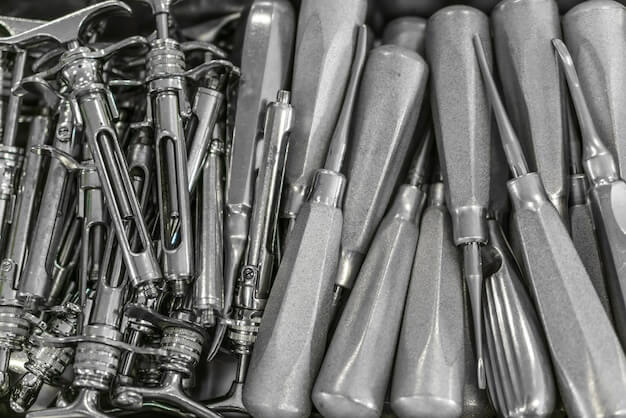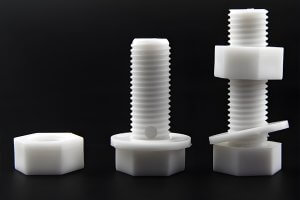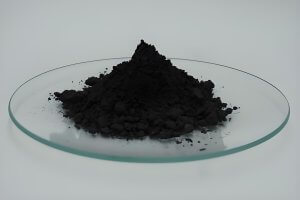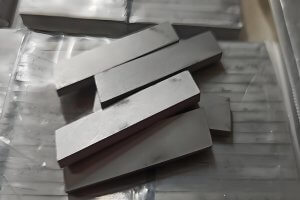Introduction to CNC Machining and Tooling Options: Graphite vs. Steel
CNC machining is an integral part of manufacturing processes, enabling production with precision, efficiency, and reliability. This technique uses pre-programmed computer software that dictates the activity of factory tools and machinery, leading to reduced room for error and increasing overall productivity. An essential aspect of CNC machining is tooling – selection and application of the requisite ‘tools’ or equipment. Two prominent options when it comes to CNC tooling are graphite and steel. These materials offer their unique set of advantages and implications.
- Graphite: Known for its excellent thermal resistance, graphite can withstand high temperatures without losing its integrity. It also has a low coefficient of friction, enhancing machine speed while reducing wear and tear.
- Steel: A typical choice in the industry, steel offers durability and toughness. However, it tends to create more heat due to higher level of friction compared to graphite, impacting longevity.
The distinctive properties and capabilities of these two materials can help determine which one best suits specific operating conditions on the manufacturing floor.
Understanding Graphite Tooling
In the simplest terms, graphite is a type of carbon that’s structured in an intricate pattern. This setup makes it exceptionally strong and durable, yet lightweight – characteristics making it perfect for CNC machining processes. It boasts superior thermal resistance and electrical conductivity, which minimizes wear and tear on machinery while ensuring efficient energy consumption.
The benefits of using graphite tooling in CNC are abundant. For starters, high-speed milling with graphite causes lower friction, reducing potential heat damage to components. Furthermore, this material offers improved surface finishes, reducing the need for secondary processing—making operations quicker and more cost-effective. Most importantly, graphite eliminates the need for coolant due to its self-cooling abilities, enhancing workplace safety by minimizing the risk of injuries from hot tools or fluids.
An ideal scenario where graphite tooling shines bright involves precision engineering operations, especially those involving mold production. In these instances, manufacturing intricately designed parts at high-speeds without compromising their quality becomes paramount. Thanks to its low-friction, excellent thermal management, and long-lasting nature, graphite proves to be the champion, enabling smooth high-accuracy productions, time after time.
Understanding Steel Tooling
Steel, inherently strong and resilient, is a metallic material commonly used in CNC machining. This alloy of iron often combined with carbon holds critical properties such as high tensile strength, durability, and resistance to wear and tear. In specific CNC machining scenarios, steel tooling emerges as the preferred choice due to these valuable characteristics. For example, complex projects requiring high precision and longevity typically utilize steel tools, as they can withstand constant usage without degradation.
- Definition and Properties: As an iron-based alloy, steel exhibits commendable robustness, tenacity, and superior wear resistance making it suitable for heavy-duty applications.
- Preferred Choice: In conditions that demand extreme endurance and precision over extended periods, steel outclasses its counterparts owing to its inherent toughness. The ability of steel tools to maintain sharp edges under strenuous use also contributes to their preference.
- Outperformance Scenario: In situations where there’s a need for long-lasting sharpness and dimensional stability as in large-scale manufacturing units or when handling hard materials, steel tooling thoroughly outshines graphite.
Comparing Graphite and Steel Tooling in CNC Machining
When comparing graphite and steel tooling in CNC machining, it is essential to consider their unique characteristics and applications. Graphite tooling offers high thermal resistance, suitable for high-speed machining and intricate designs. On the other hand, steel tooling provides exceptional durability and versatility, making it ideal for a wide range of machining applications. Understanding the specific properties and applications of each tooling material is crucial for making an informed decision in CNC machining projects.
How to Choose Between Graphite and Steel Tooling
In the world of CNC Machining, choosing between graphite and steel tooling often becomes a crucial decision. This choice highly depends on various factors such as the project requirements, budget constraints, desired level of precision, manufacturing speed required, and more significantly, the material you are machining. With steel offering greater toughness and durability, it’s preferred for jobs demanding high wear resistance and where longevity is paramount. On the other side, graphite provides excellent thermal resistance, enabling higher feed rates hence becoming an ideal choice when quick turnaround times are essential.
- Project Requirements: Consider the specifics of your project before making any decisions. While steel can tackle tougher materials, graphite may offer speedier results with softer materials
- Budget: The costs associated with both options might also help determine what works best for you. Although upfront prices differ, their life-span and maintenance costs should be factored into the final equation
- Precision: Steel tooling tends to yield higher precision which might be critical for parts demanding tight tolerances
- Manufacturing Speed: If tight deadlines matter more than anything else, graphite’s ability to sustain higher speeds will make it more desirable.
An approximate combination of these characteristics could potentially support you in making a well-informed decision optimized specifically for your needs.
Other Articles You Might Enjoy
- Affordable CNC Machining: Quick Turnaround for Prototype Steel Parts
Introduction: The Role of CNC Machining in Manufacturing Steel Parts CNC (Computer Numerical Control) machining is a pivotal factor in manufacturing steel parts, providing significant benefits ranging from precision to…
- Innovative CNC Machining for Advanced Spacecraft Components
Introduction: CNC Machining and its role in Spacecraft Components Computer Numerical Control (CNC) machining has, over the years, proven to be one of the most integral pillars within manufacturing industries.…
- Bead Blasting in CNC Machining(sheet metal fabrication Charles)
Bead blasting is an integral process in the world of Computer Numeric Control (CNC) machining. This technique involves the use of high-pressure air or steam to propell tiny glass beads…






